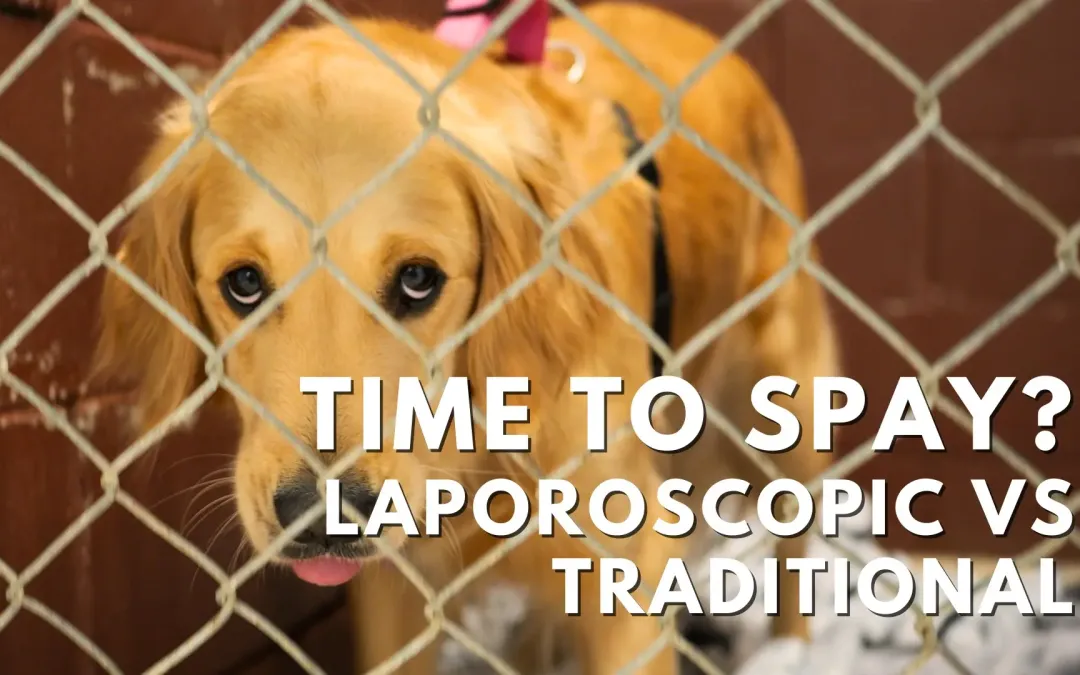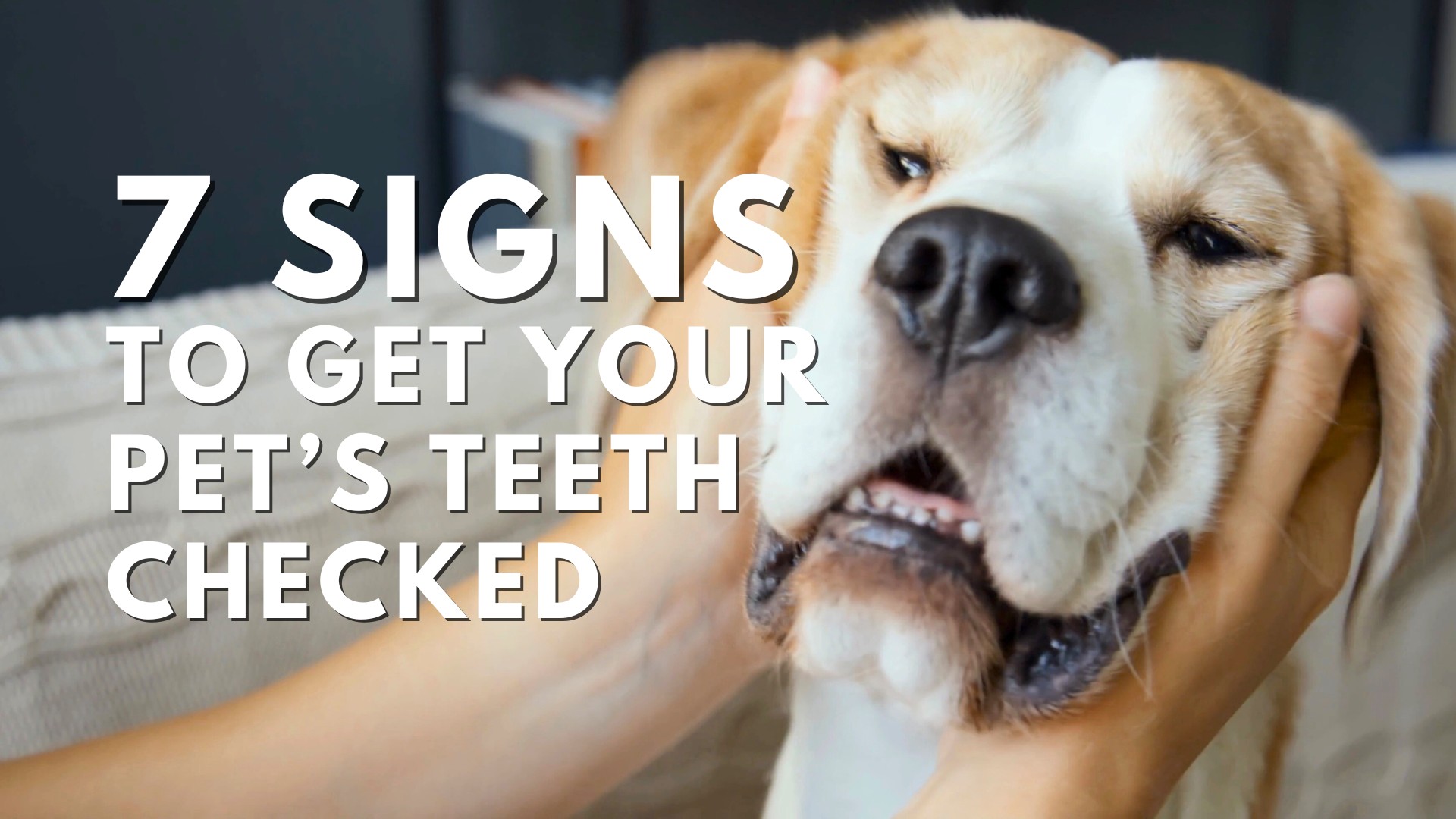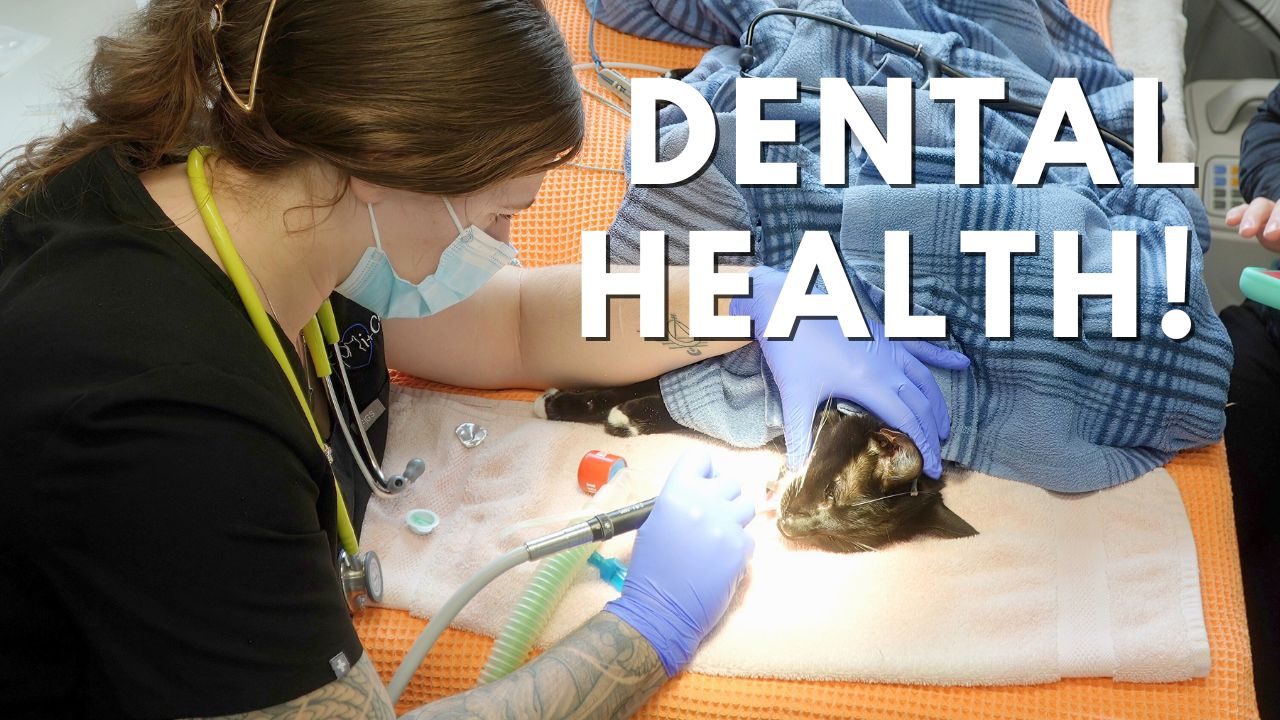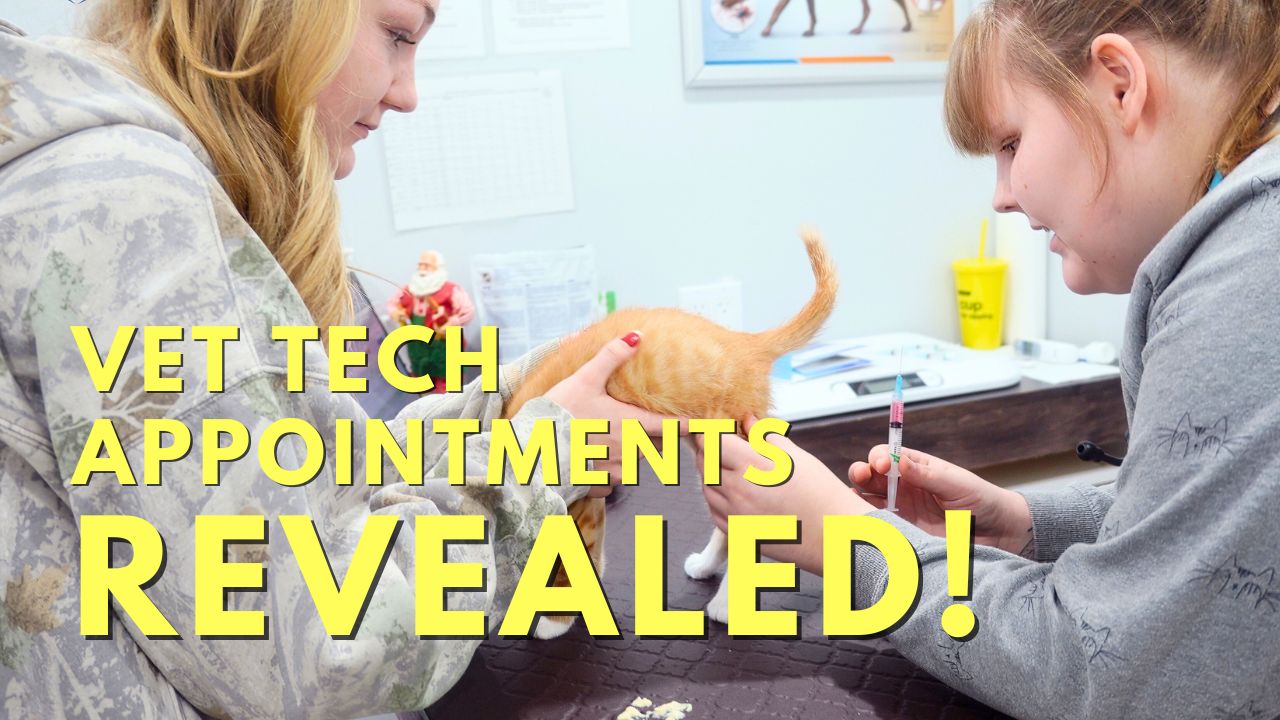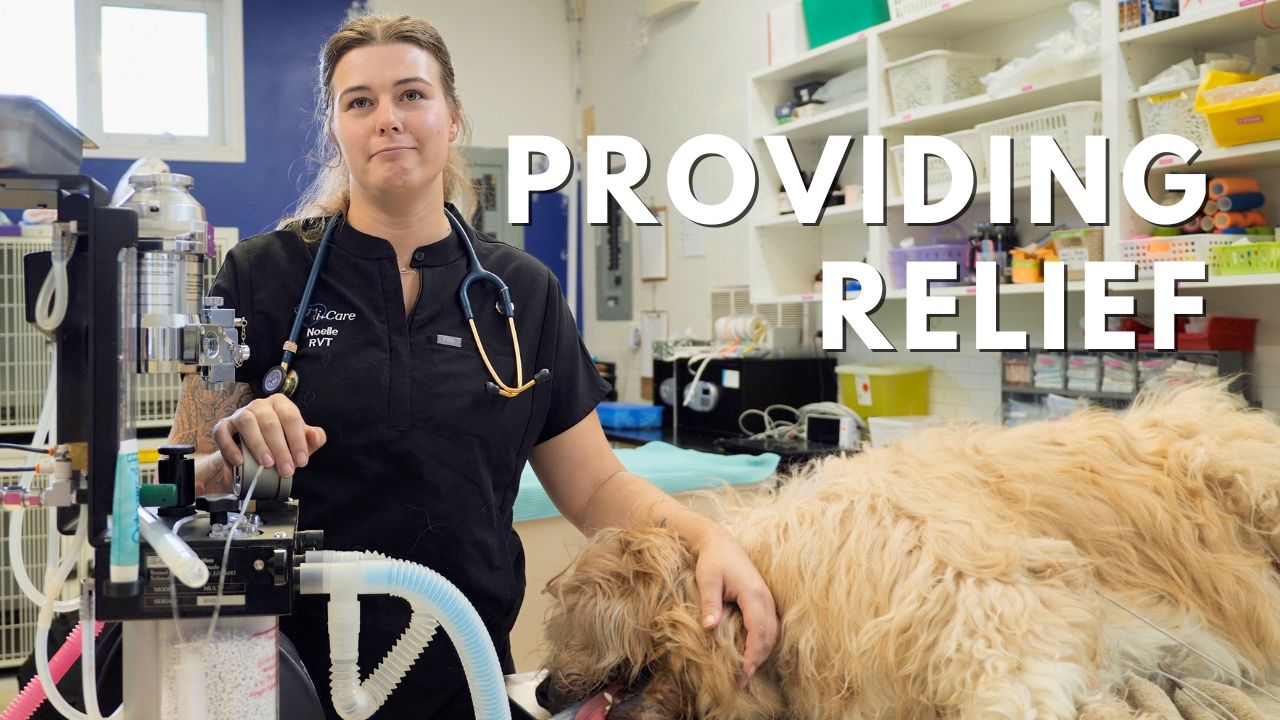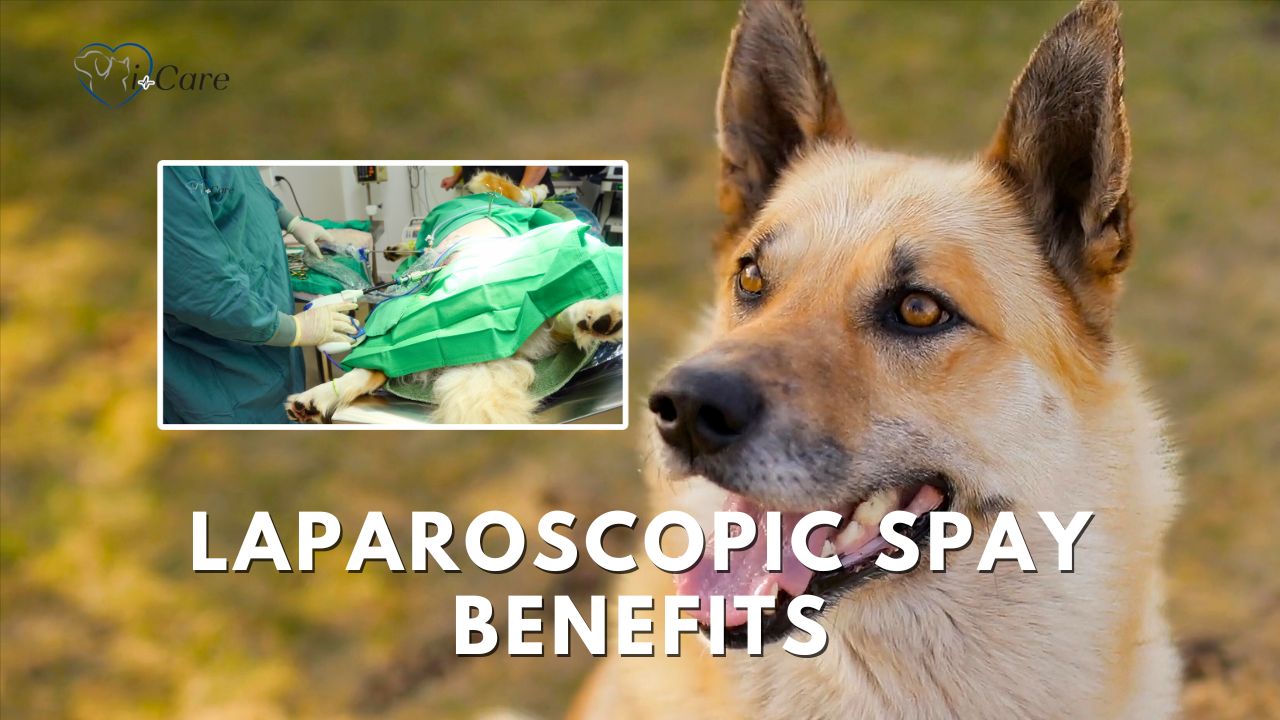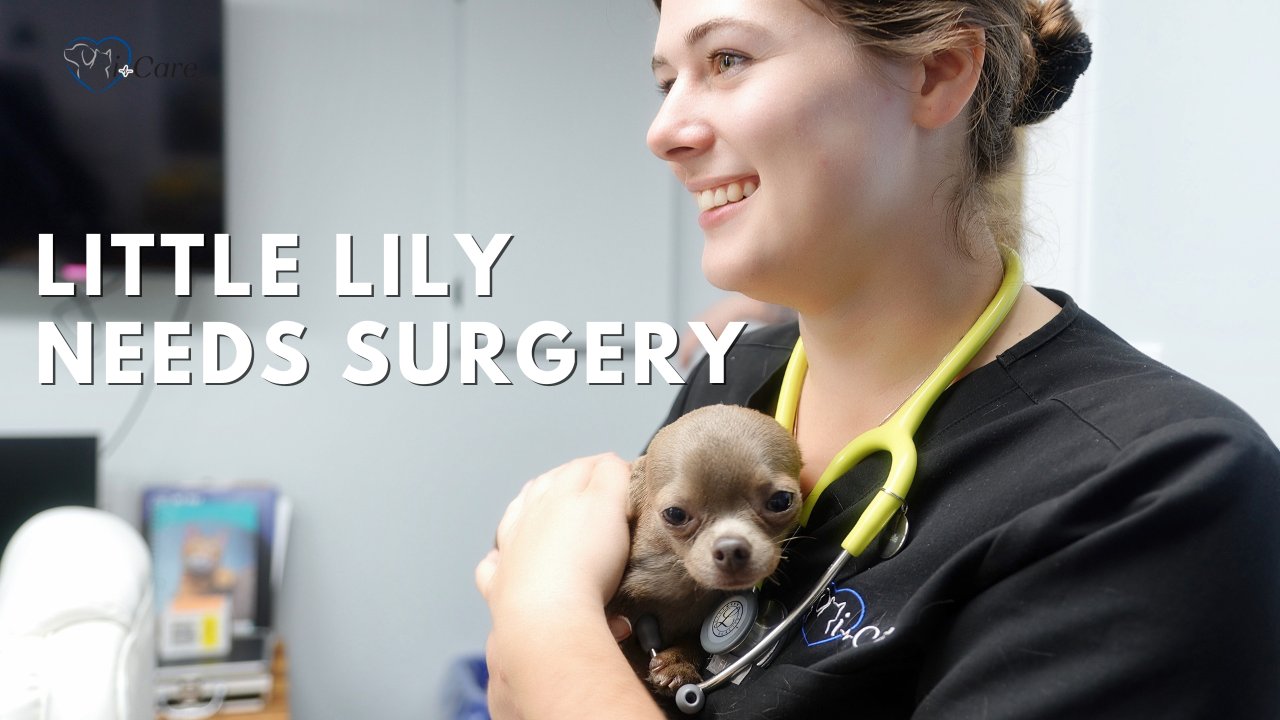15 Apr Laparoscopic Spay: A Minimally Invasive Option for Your Dog’s Surgery
If your dog is due for spay surgery, you may be wondering about the different approaches available. At i-Care Veterinary Hospital in Coombs, BC, we offer laparoscopic spay, a minimally invasive technique that may be suitable for your pet. Here is information about this procedure that may help you make an informed decision. https://youtu.be/ir2zmuWHDj4?feature=shared What Is a Laparoscopic Spay? A laparoscopic spay uses two or three small incisions, each typically under a centimetre in size. A small camera, called a laparoscope, and precision instruments are inserted through these openings. This allows the veterinarian to visualize and remove the ovaries with accuracy while minimizing tissue disruption. This approach has similarities to certain minimally invasive procedures in human medicine. Potential Benefits of Laparoscopic Spay Some of the potential benefits of laparoscopic spay may include: Smaller Incisions Small incisions may support a smoother healing process. Reduced Tissue Trauma The instruments used may allow for careful handling of internal structures. Comfortable Recovery Some dogs may return to their usual activities more quickly after this procedure. Visual Guidance During Surgery The laparoscope provides a magnified view of the internal structures, which can assist with surgical accuracy. What Happens During the Procedure? Before surgery begins, your dog is gently anesthetized and prepared. A small amount of carbon dioxide gas is introduced into the abdomen to provide space and visibility. This is known as CO₂ insufflation. While it may cause a temporarily rounded appearance of the belly, the gas is absorbed after the procedure. Using a laparoscope, the veterinary surgeon views the internal structures on a high-resolution monitor. Special instruments are used to carefully remove the ovaries. Once complete, the small incisions are closed and your dog begins recovery. How Is It Different From a Traditional Spay? A traditional spay typically involves a larger incision along the abdomen and manual removal of the reproductive organs. Laparoscopic spay involves the use of a camera and specialized instruments inserted through small entry points. Each technique may have its own indications and considerations. We are happy to discuss which approach may be suitable for your individual pet. Is Laparoscopic Spay Right for Your Dog? Laparoscopic spay may be an option for healthy female dogs. Our team can assess your dog and help determine whether this procedure is appropriate based on their health, age, and lifestyle. Laparoscopic Spay at i-Care Veterinary Hospital At i-Care Veterinary Hospital, we offer laparoscopic spay among our surgical options. Our team uses modern surgical equipment and careful handling to support safe and comfortable outcomes for our patients. We...

